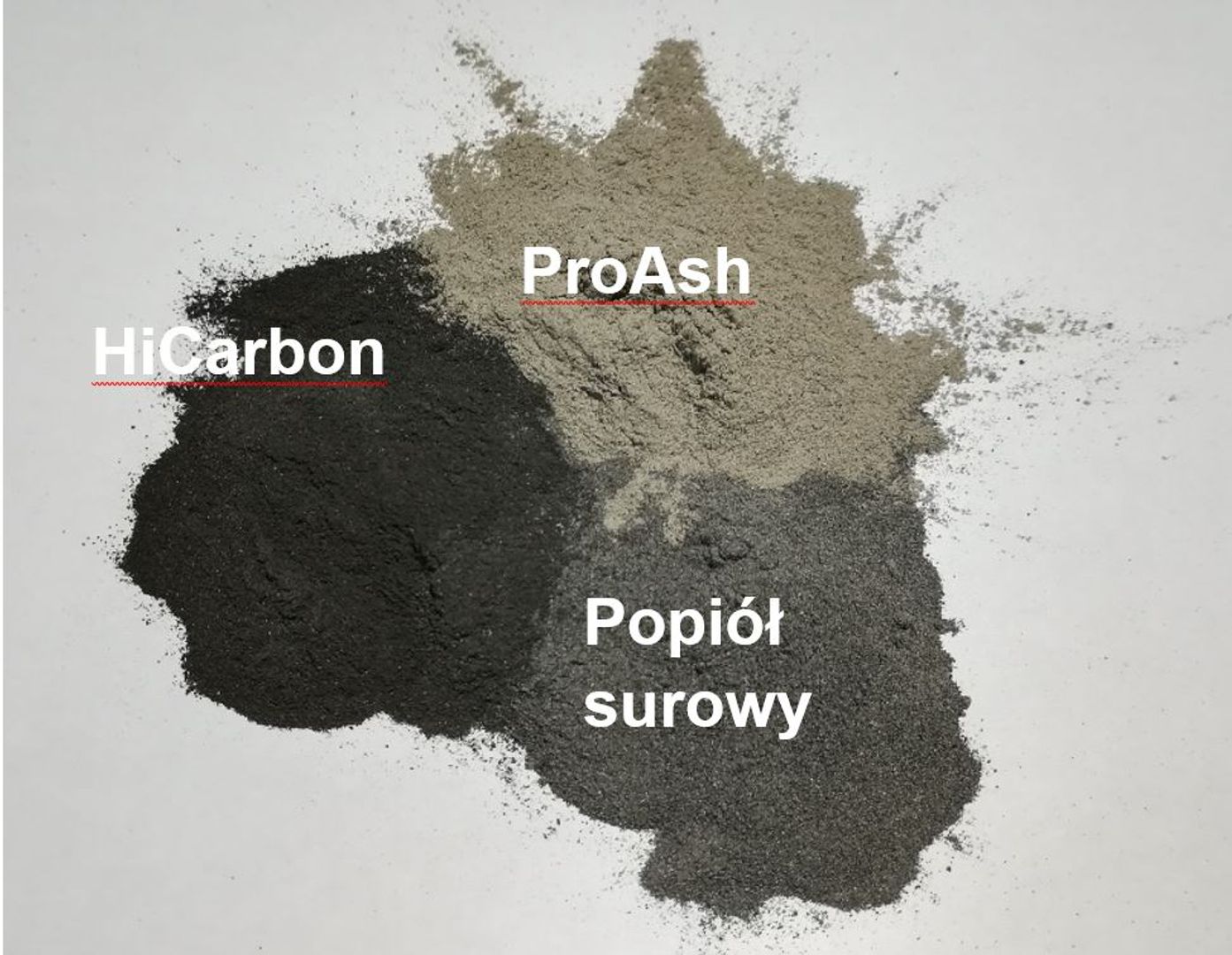Siekierki Heat and Power Plant
6.57

Overview
Siekierki Heat and Power Plant, located in Warsaw at 30 Augustówka Street, is the largest heat and power plant in Poland and the second largest in Europe. Commissioned in 1961, it has a thermal capacity of 2,068 MW and an electrical capacity of 620 MW. It is a facility of key importance to Warsaw, providing heat and electricity to its residents. Architecturally, the main building is 400 meters long, consisting of a boiler house on the eastern side and an engine room on the western side. The history of the power plant dates back to 1954, when the project was approved, and its construction began in 1958, ending in 1962 with a capacity of 200 MW. Between 1974 and 1978, the plant was expanded, increasing its total capacity to over 600 MW. In 1978, a dramatic failure occurred during a frosty New Year's Eve night, when frozen coal and a lack of proper preparations led to an energy crisis in Warsaw. The power plant also features modern environmental protection installations that limit the emissions of pollutants, including nitrogen oxides and sulfur dioxide. Interestingly, boiler No. 1 is fueled by biomass, which aligns with ecological initiatives. In 2017, the Siekierki Ash Separation Plant was launched, contributing to waste reduction and the production of building materials. In the face of changing environmental standards, PGNiG Termika plans to build a new gas and steam unit, which will allow for the phasing out of coal-fired units. Thus, the Siekierki Heat and Power Plant is not only a key element of Warsaw's energy infrastructure but also a facility with a rich history and ambitious plans for the future.
Location
Tickets
Powered by GetYourGuide
2025 Wizytor | All Rights Reserved